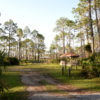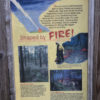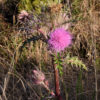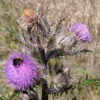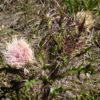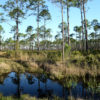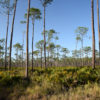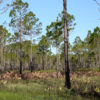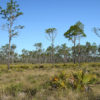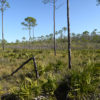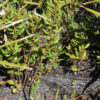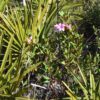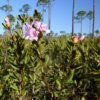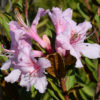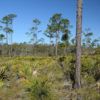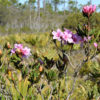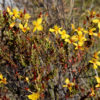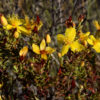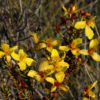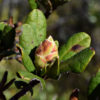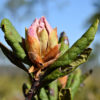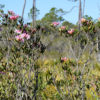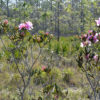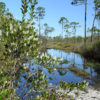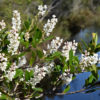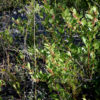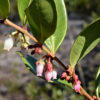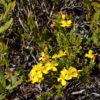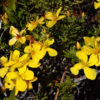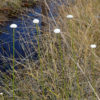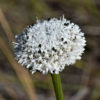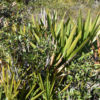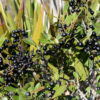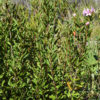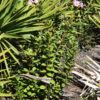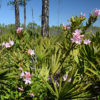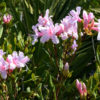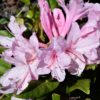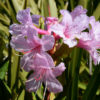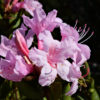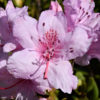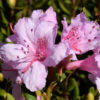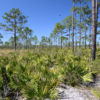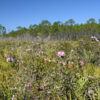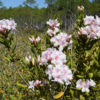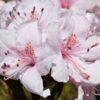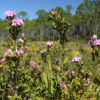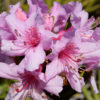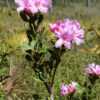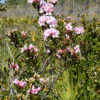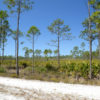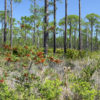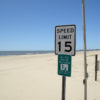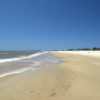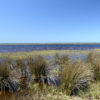Directly on the Gulf of Mexico, surrounded by the sea on two sides, lies the St. Joseph Bay State Buffer Preserve. This 20.34km² (5026 acres) preserve is now the last refugium of R. chapmanii after the largest population at Hosford in Gadsden and Liberty Counties was destroyed during the last few years.
In 2013 the site at Hosford, along with additional land in other counties, totaling nearly 1500km² (370658 acres), had changed ownership for the pittance of $565,000,000 (source: Wikipedia). Originally, the land had belonged to the Port St. Joe paper mill or its successor, St. Joe Company, one of Florida’s largest landowners, which never had a problem with interested parties visiting the R. chapmanii sites, even offering occasional tours for plant enthusiasts. The new owners, AgReserves, owned by the Utah Mormon religious community, no longer allowed anyone on the site. My contacts in the USA told me in 2022 that large parts had already been converted from Longleaf Pine forest to cattle pasture and that the access roads had been given gates. Inquiries about possible visits remained unanswered. The god of these pious people seems to be “profit.” Do we really need more steaks? After a botanist told me the following, I assume that these people will all burn in hell at some point. After years of back and forth, employees of the Atlanta Botanical Garden managed to get permission for a single person to visit, but only for one day. This person was then guarded the whole time by a couple of heavily armed guys and was not allowed to take a step without their company. Jesus’ disciples with machine guns? What the hell are they guarding? Super cows? In any case, this person was able to collect some plants and cuttings to be able to preserve at least something of this population. There were already less plants found than thought and what is left on site now will soon be destroyed and lost forever. Now it is paying off that neither the State of Florida nor other institutions bought the site when there was still the opportunity to do so. Yet Rh. chapmanii has been officially listed as endangered for decades.
So in the Buffer Preserve near Port St. Joe there was still the last intact, natural population and I wanted to have a look at it. From the parking lot you have to walk a few km to get to the first plants. These thrive here in their typical ecosystem together with Pinus palustris (Longleaf Pine) and Serenoa repens (Saw Palmetto). The persistence of this community depends on regular fires, which are either caused by lightning or are also set artificially every few years in the Preserve, since the spread of natural fires has become rare because the landscape is nowadays repeatedly dissected by roads and development.

